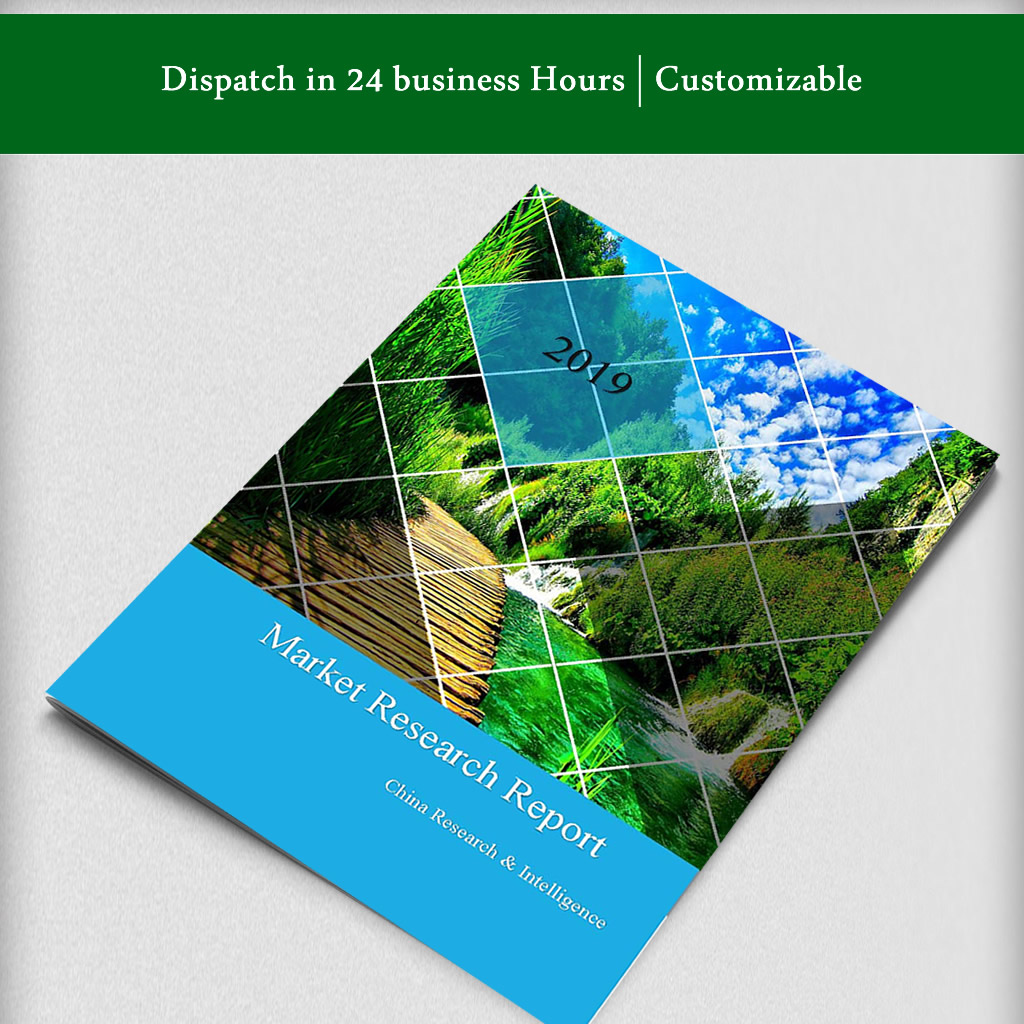Description
Description
The proven nickel reserves in China are only about 2.90 million tons, accounting for less than 4% of the global total. Dominated by nickel sulfide ores, China’s nickel resources are mainly distributed in Gansu, Xinjiang, Yunnan and Jilin. On one hand, it is difficult and costly to mine nickel in China. On the other hand, China is the world’s largest producer of stainless steel. In 2018, the production volume of stainless steel in China reached 26.71 million tons, accounting for 53% of the global total. Therefore, China needs to import a large quantity of nickel every year.
According to CRI, Southeast Asia has rich lateritic nickel ores and the mining costs there are low. Neighboring China, the world’s largest nickel consumer, Indonesia and the Philippines have become global leading suppliers of nickel resources. The production volume of nickel ores in the two countries account for more than 30% of the global total. Currently, over 90% of China’s lateritic nickel ore imports are from Indonesia and the Philippines. In 2013, China’s nickel ore imports from Indonesia reached the peak of 41 million tons. From 2015 to 2016, as the Indonesian government restricted nickel ore exports, China almost imported no nickel ores from Indonesia and turned to import nickel ores from the Philippines. From 2014 to 2016, China imported over 30 million tons of nickel ores from the Philippines every year. In 2017, as the Philippines shut down some nickel mines for environmental protection, local nickel ore production and nickel ore exports to China both declined. In the same year, as Indonesia relaxed its policy on nickel ore exports, its nickel ore exports to China increased. It is noteworthy that, to respond to the Indonesian government’s restrictions on crude ores, many Chinese nickel producers have invested in Indonesia’s ferronickel industry with expanding production capacity. From 2018 to 2019, the production capacity of nickel in Indonesia sees exponential growth. Before the subsequent stainless steel projects are put into operation, most ferronickel products will be transported to China. The annual production capacity of China-funded ferronickel projects in Indonesia has exceeded 3 million tons.
In 2017, the Indonesian government started to encourage foreign enterprises to build smelters in Indonesia by allowing the export of ores with less than 1.70% nickel content. As it is costly to smelt ores with less than 1.70% nickel content in Indonesia, such ores are usually exported. The policy stipulates that enterprises that have smelters in Indonesia can apply for nickel ore export quotas, which marks the resumption of nickel ore exports in Indonesia. In 2017, Indonesia’s nickel ore exports to China reached about 3.84 million tons.
Indonesia’s ferronickel exports to China have obvious cost advantages. In recent years, the proportion of Indonesian ferronickel in China’s ferronickel imports keeps picking up. In 2018, the proportion reached about 80%. The influx of Indonesian NPI press China’s domestic ferronickel factories. And the increasingly stringent environmental protection policies also restrict the production of some domestic ferronickel enterprises. As NPI supply in China increases markedly because of increasing ferronickel imports, China’s ferronickel market will be saddled with excessive supply.
In 2018, stainless steel accounted for about two thirds of global nickel consumption. In China, this proportion exceeded 80%. Driven by environmental protection and consumption upgrade, China’s stainless steel industry is accelerating industrial upgrade by replacing 200 series with 300 series. In this context, it has an increasing demand for nickel in recent years. It is expected that from 2019 to 2023, the demand from stainless steel will dominate global nickel consumption. However, with the fast development of the electric vehicle industry, the demand from li-ion batteries will increase sharply and take up a larger proportion.
Topics covered:
– Overview of global and China’s nickel industries
– Analysis on the industry chain of nickel
– Analysis on nickel import and export in China
– Major nickel producers in China and the world
– Price trend of nickel
– Major driving forces and market opportunities for the nickel industry from 2019 to 2023
– Prospect of China’s nickel industry from 2019 to 2023



